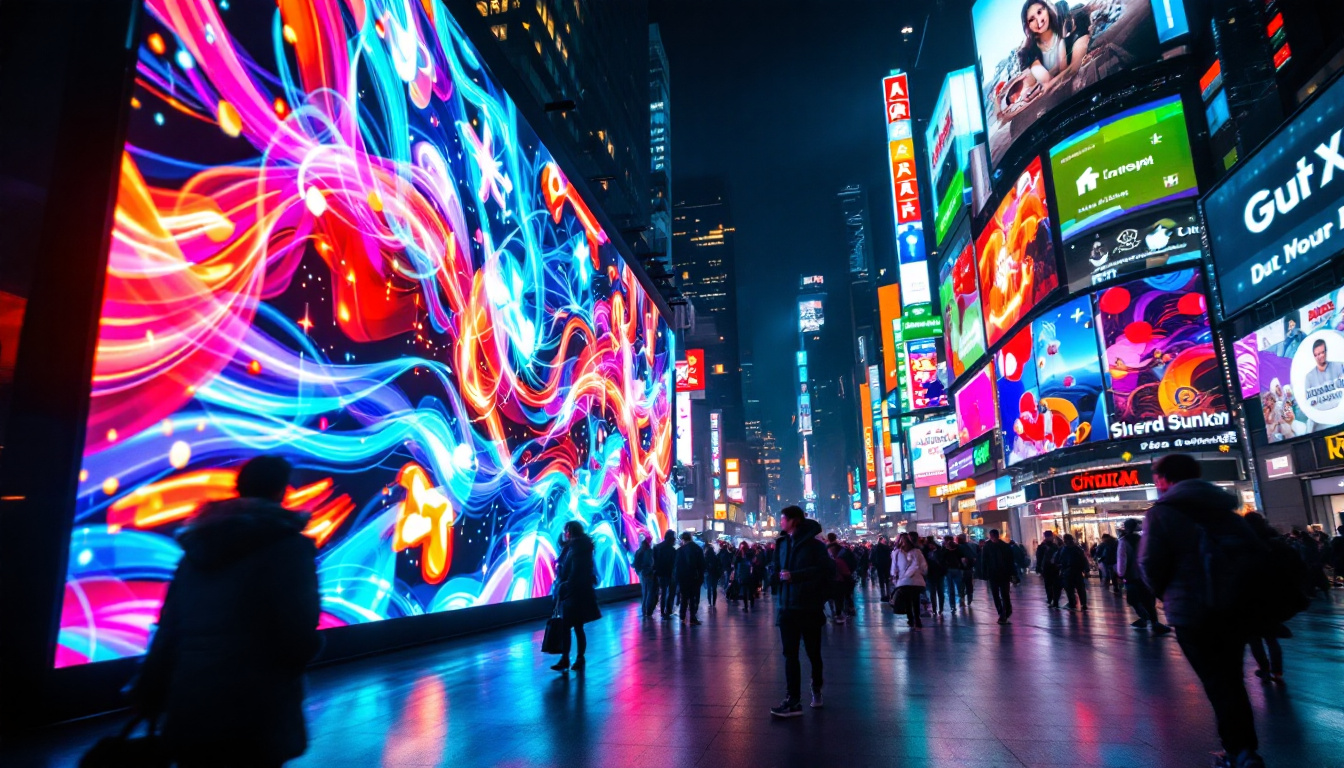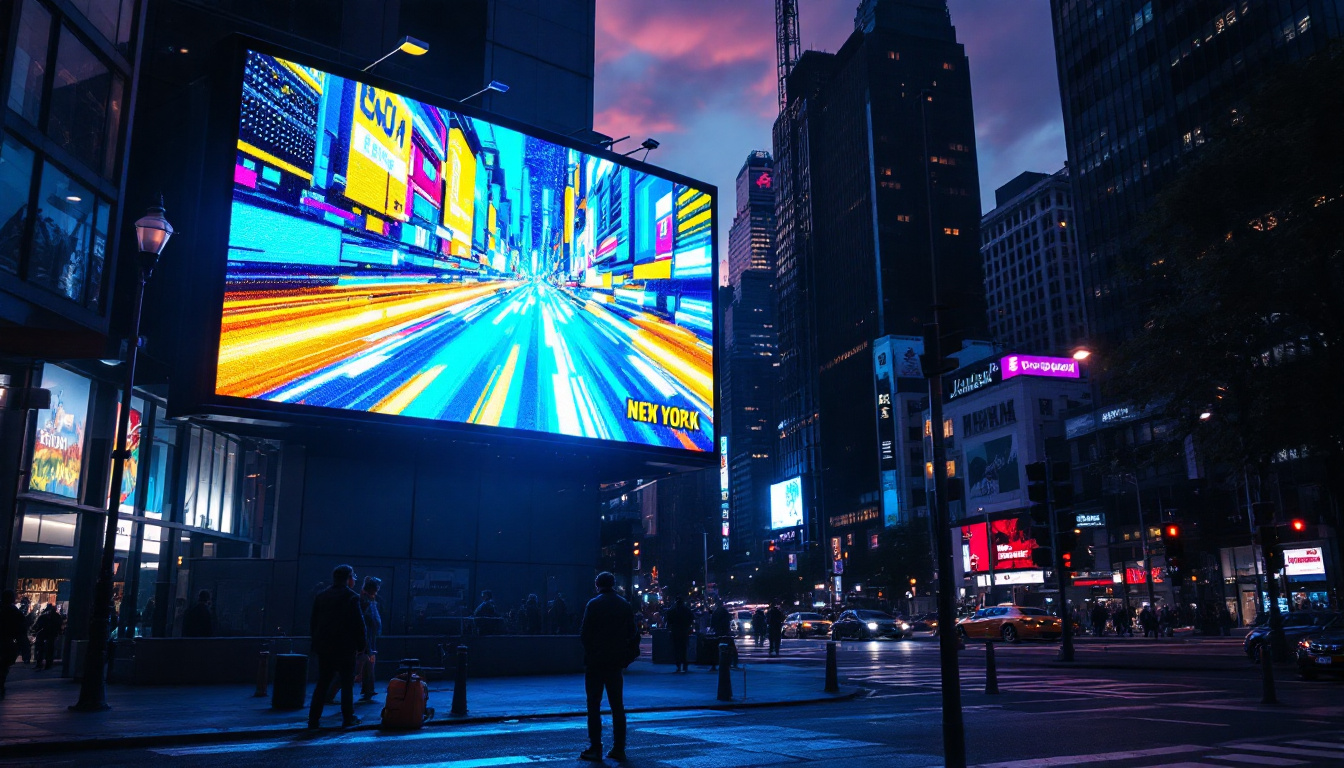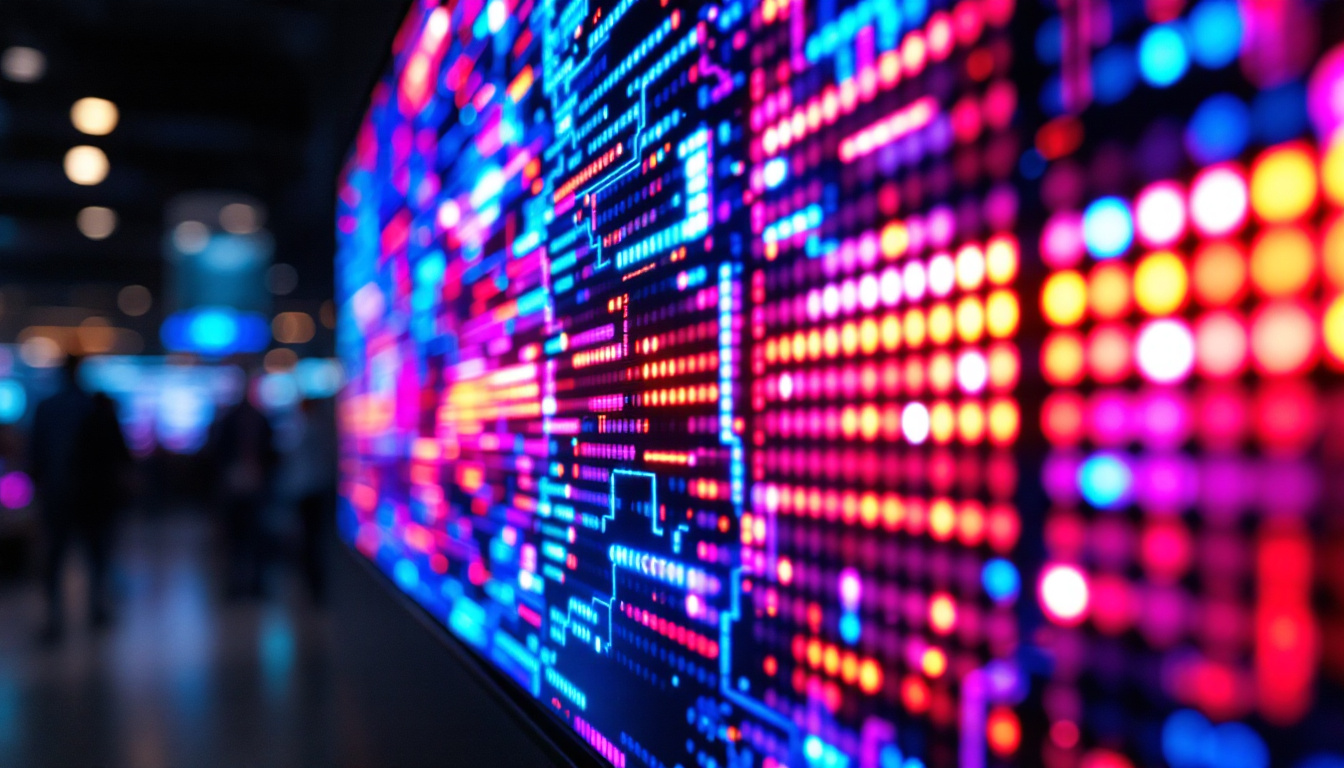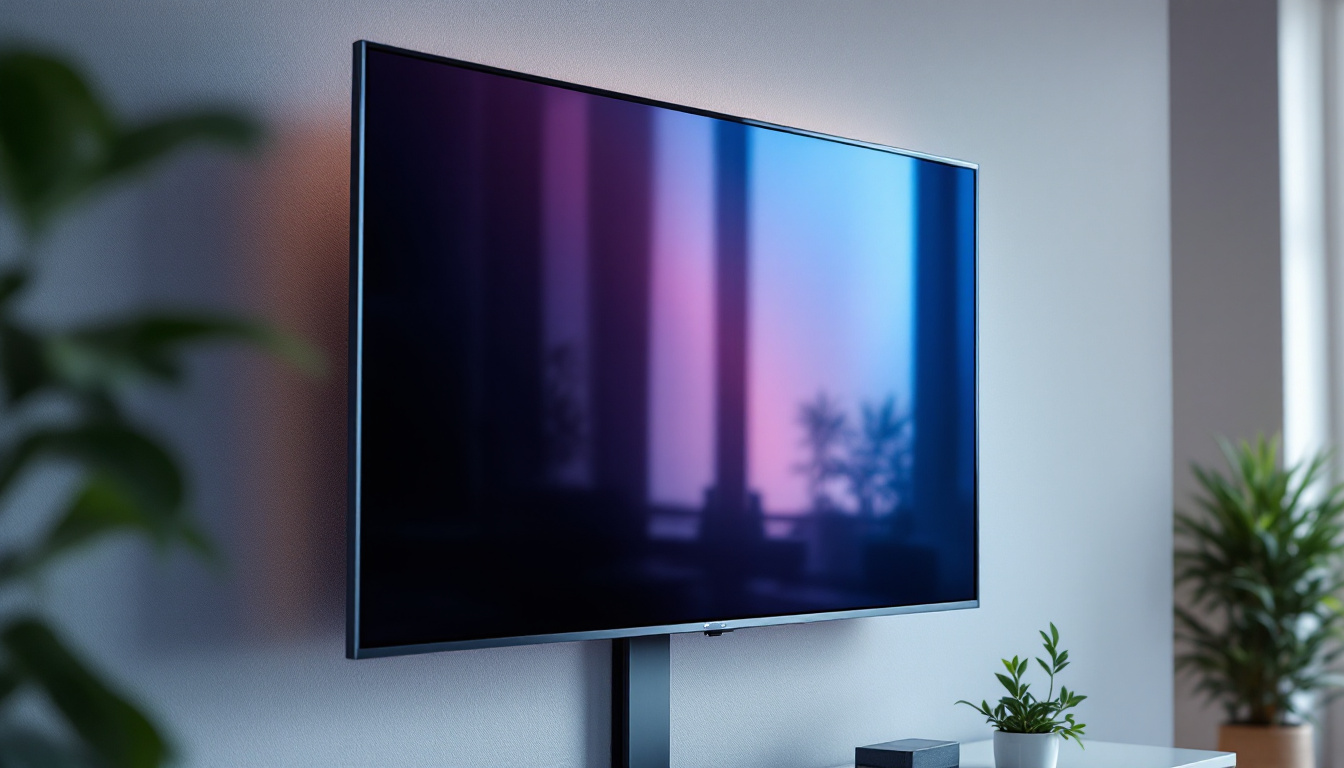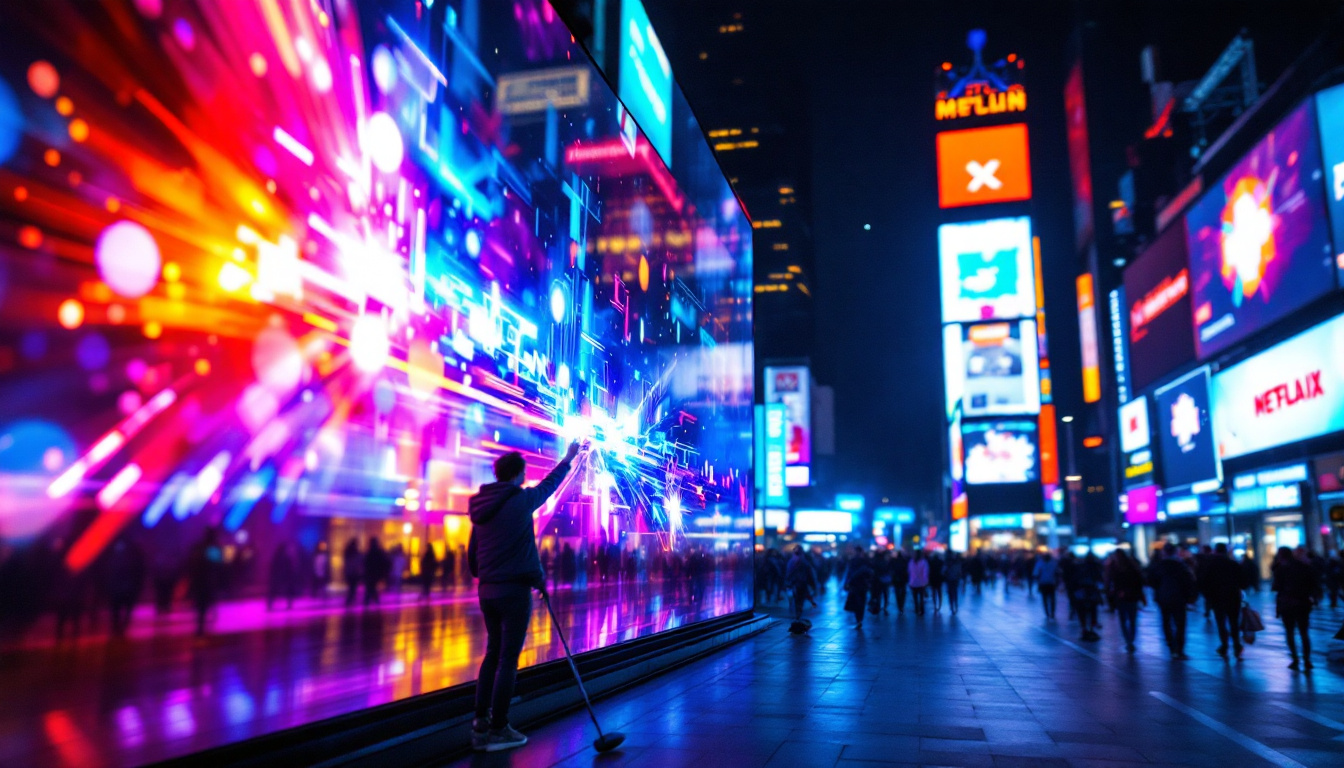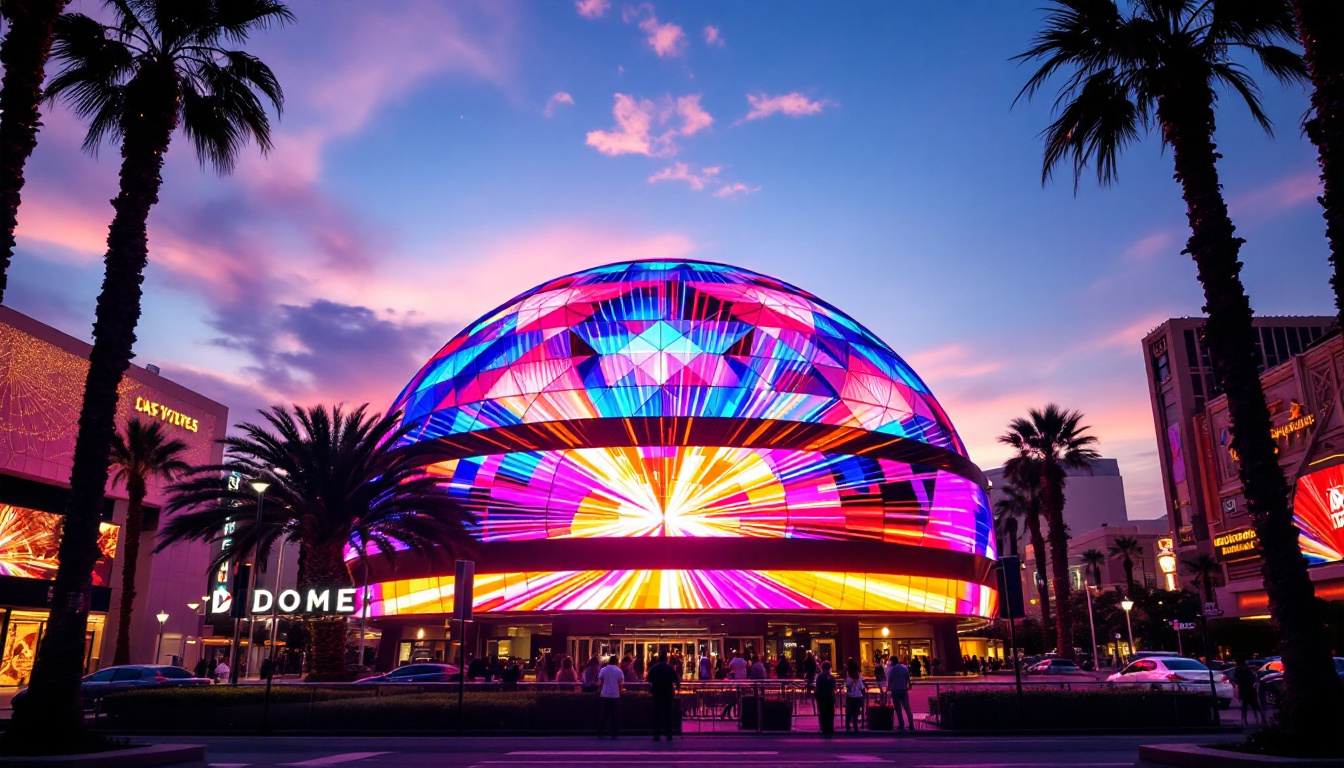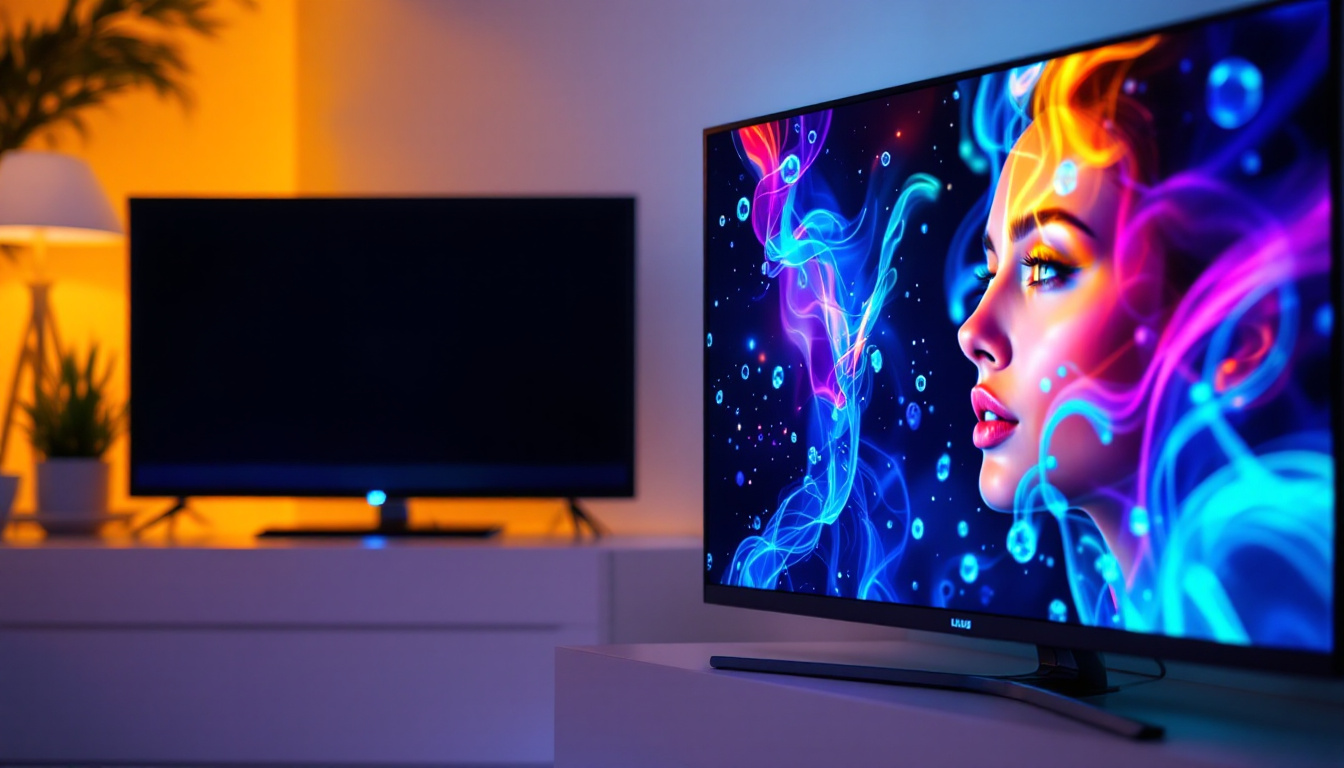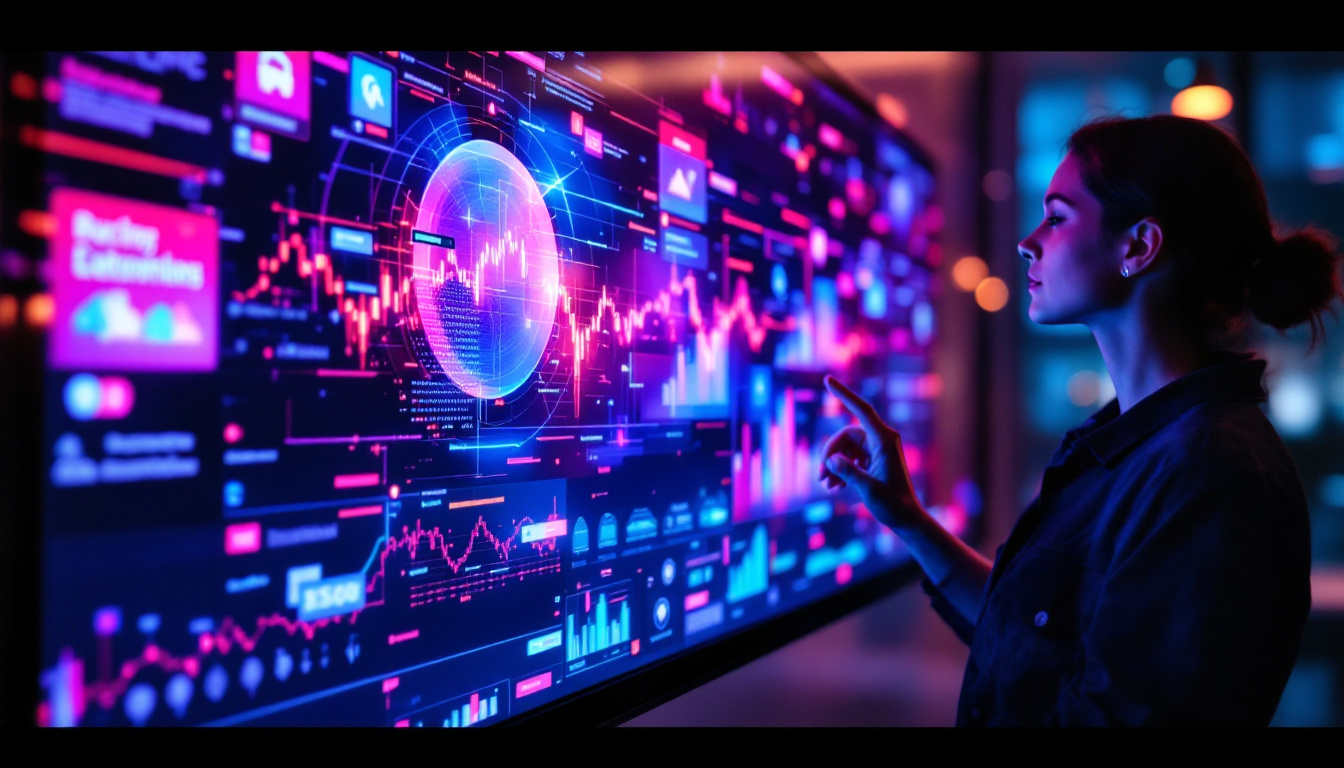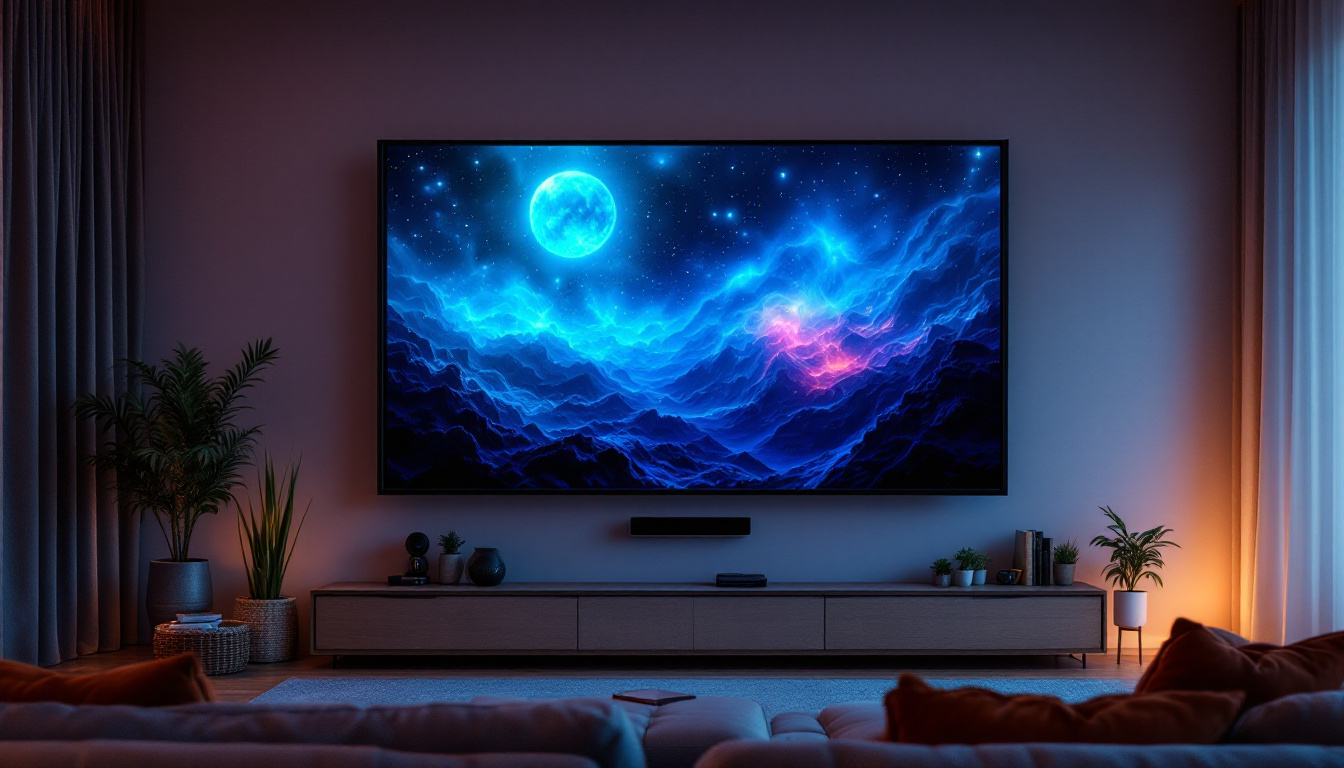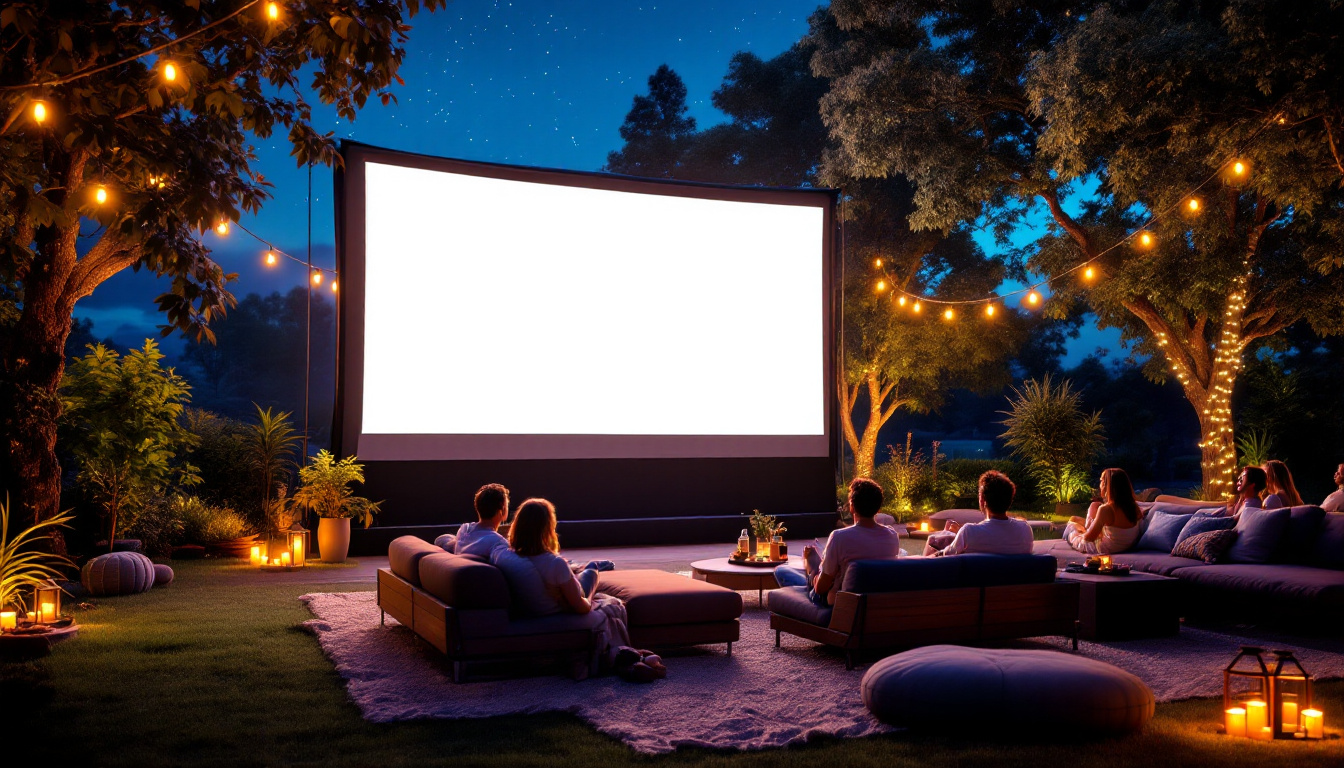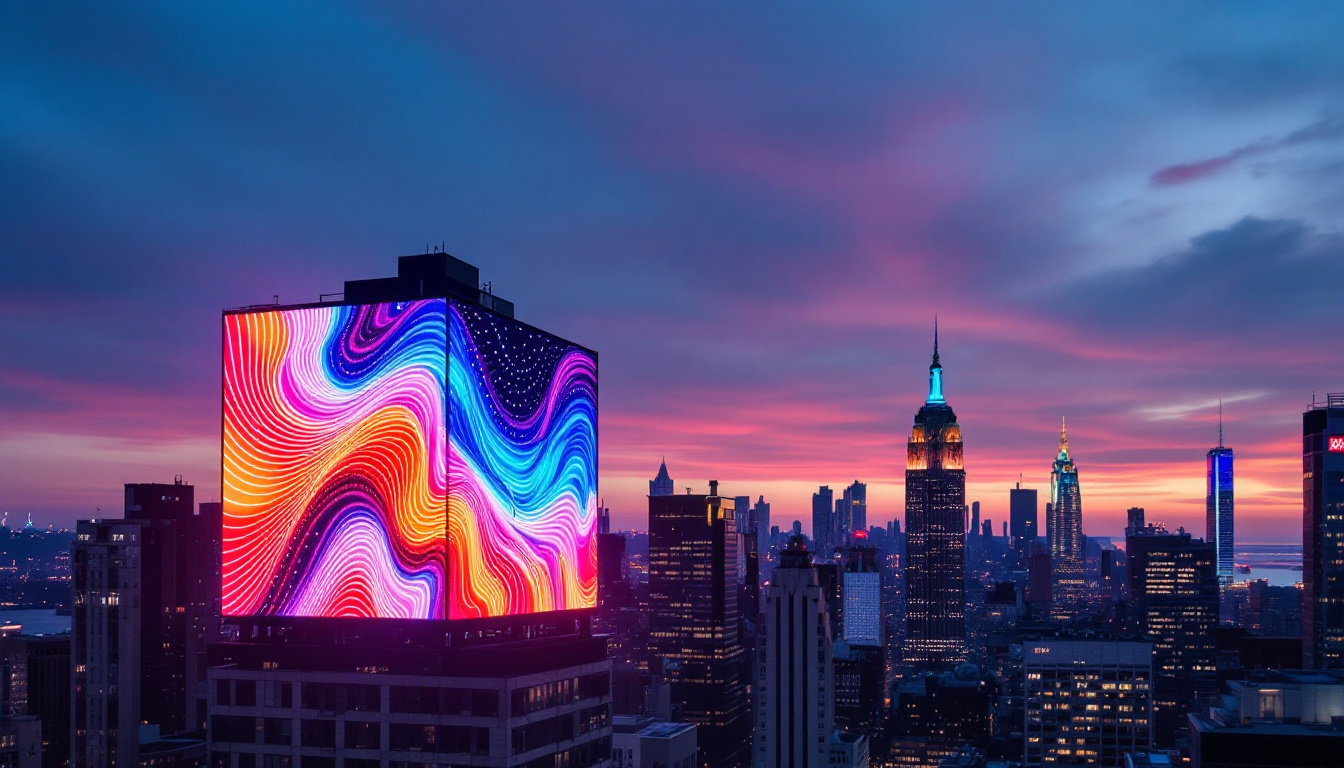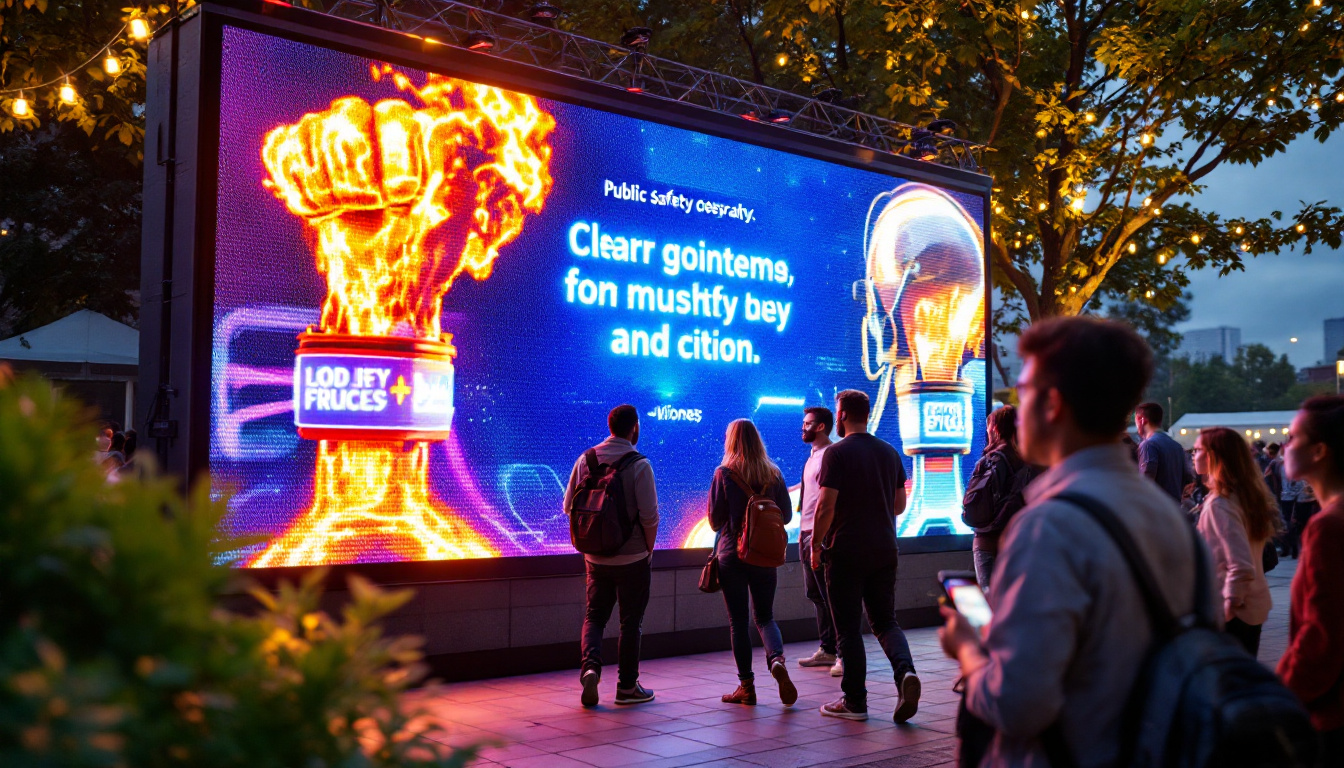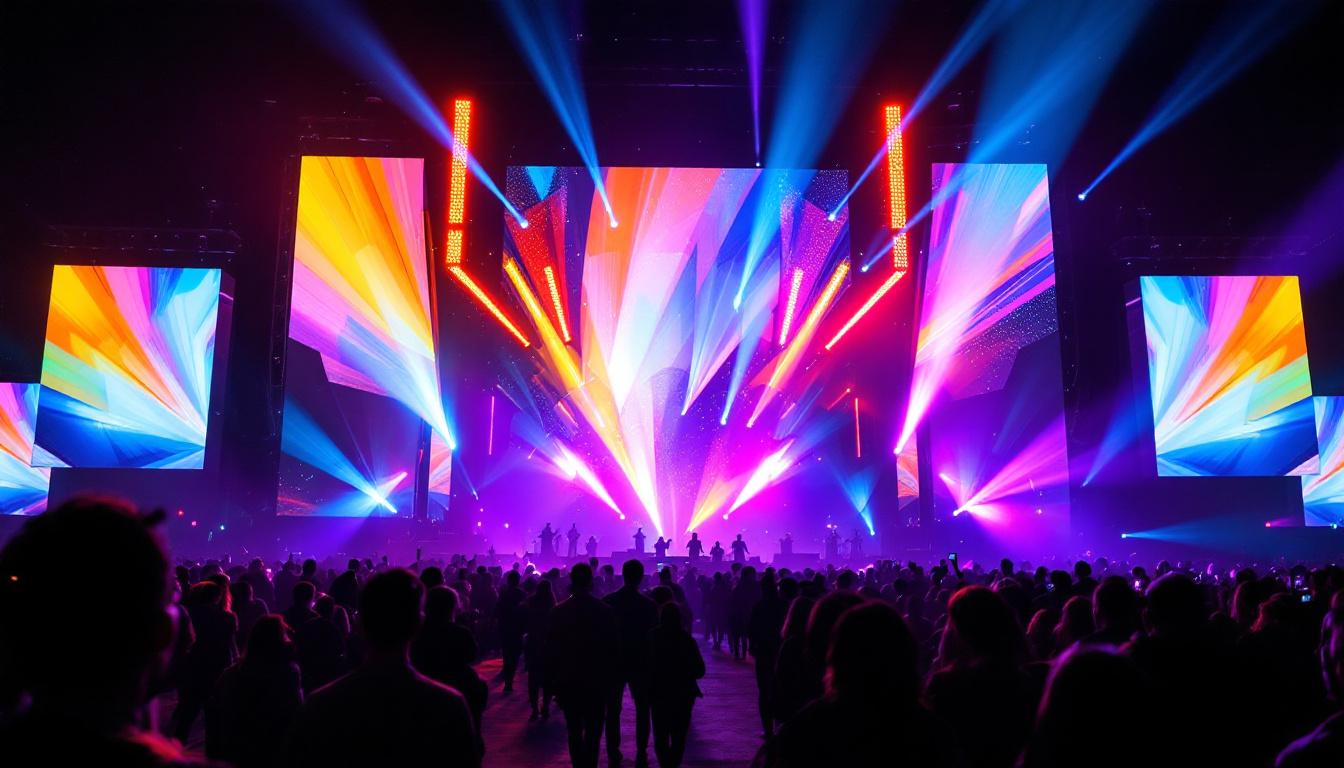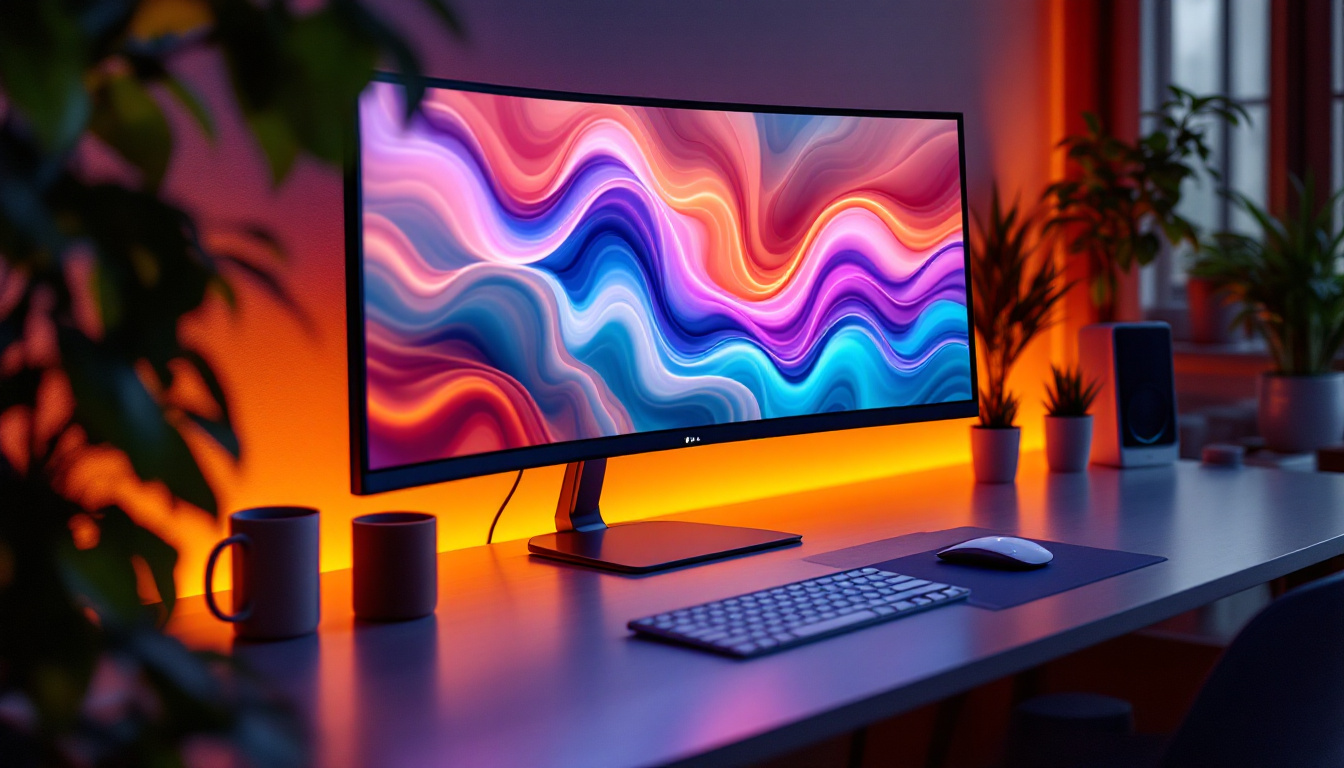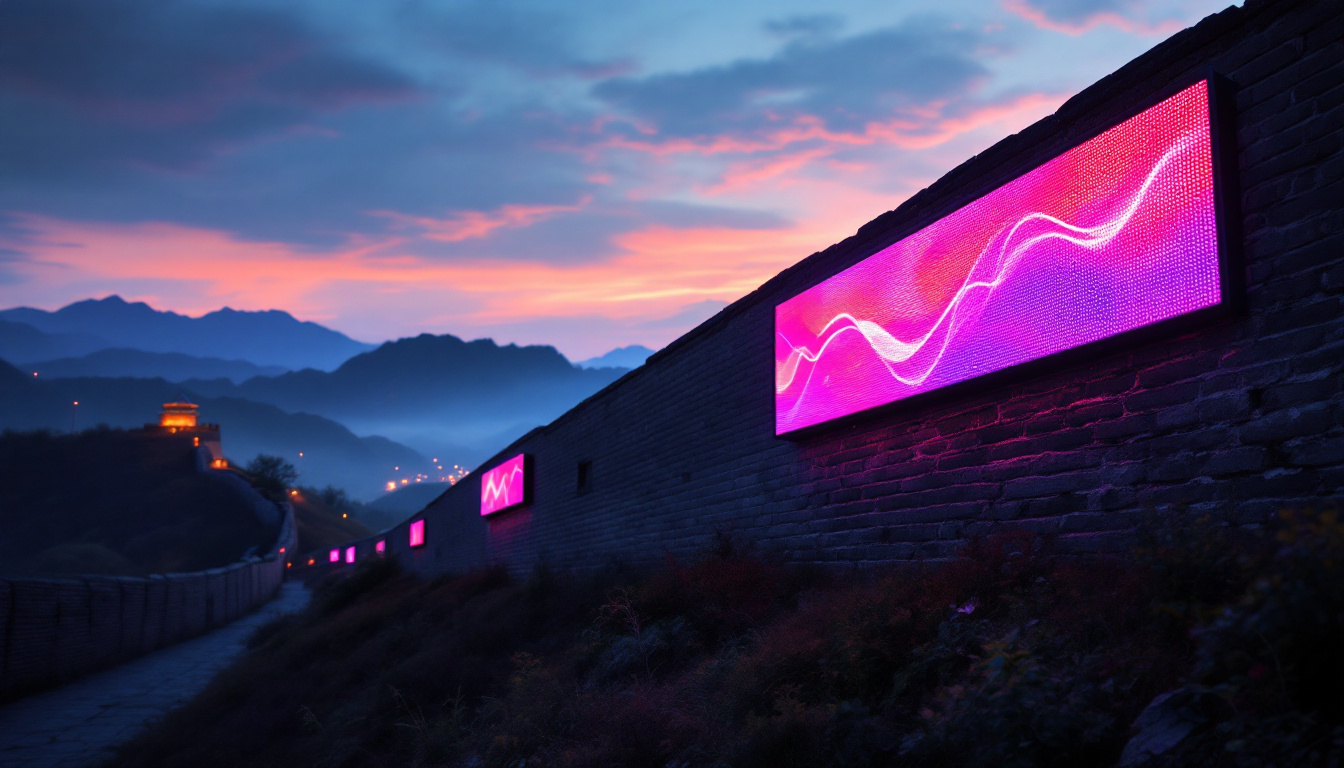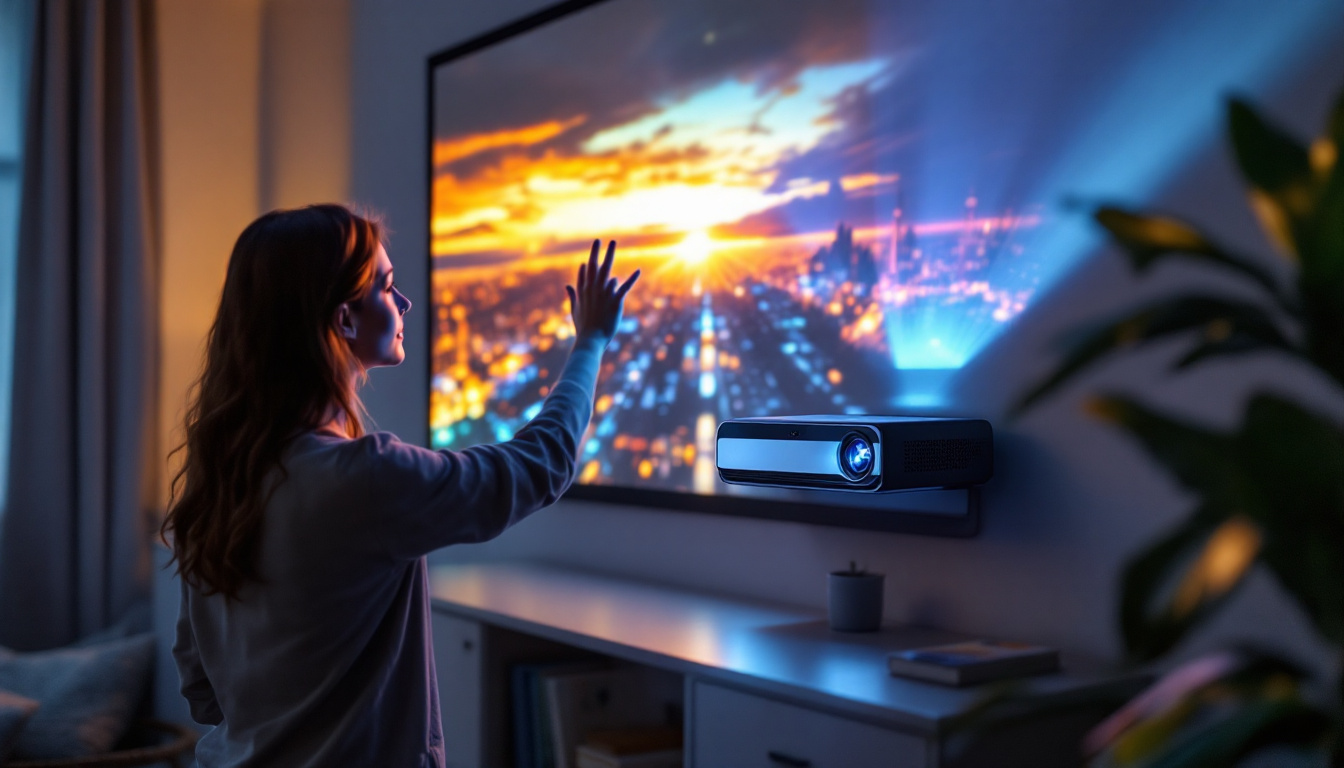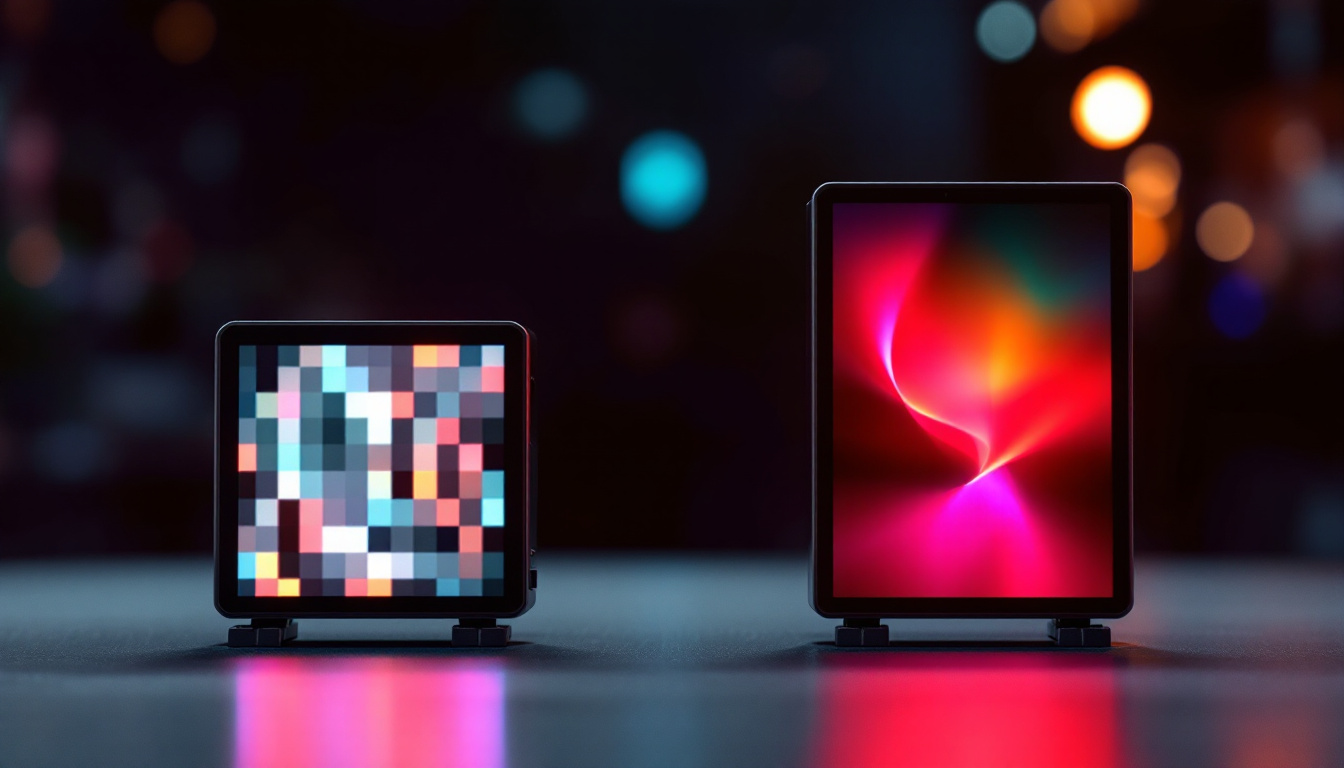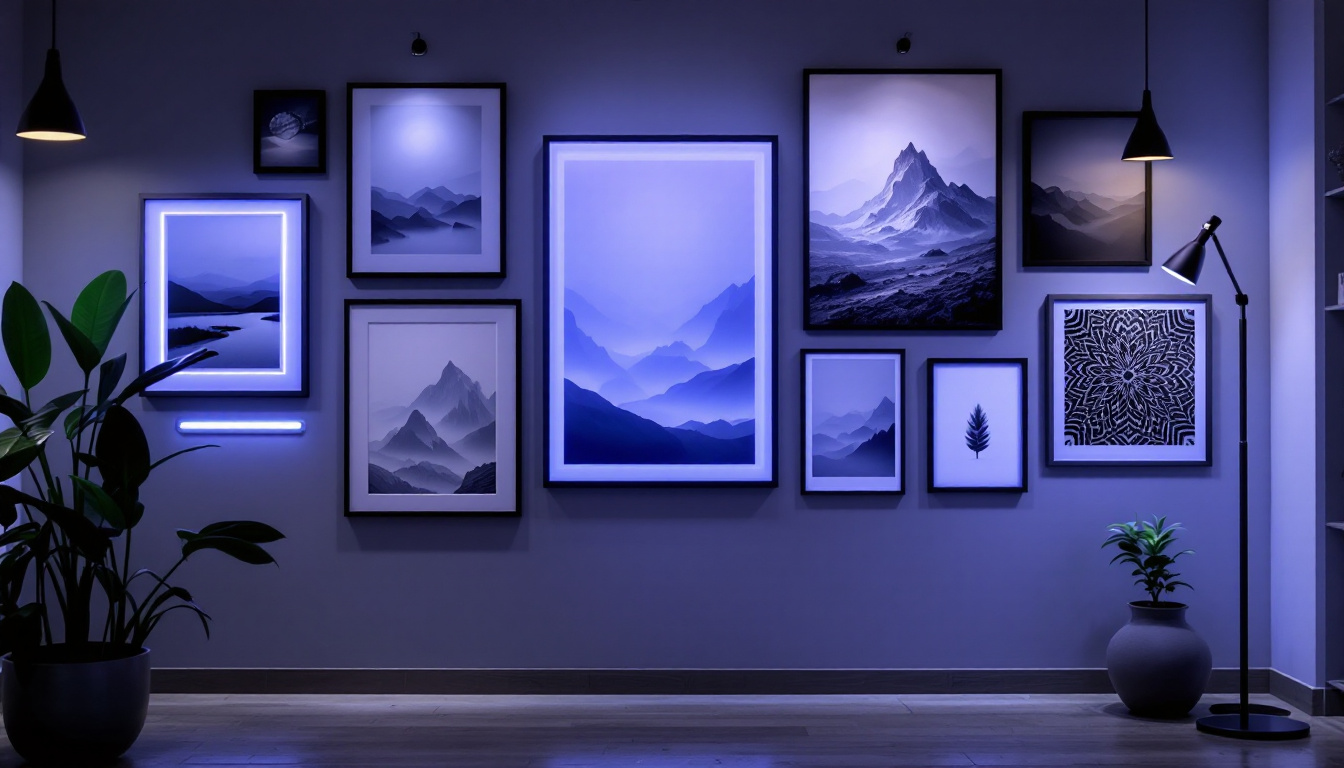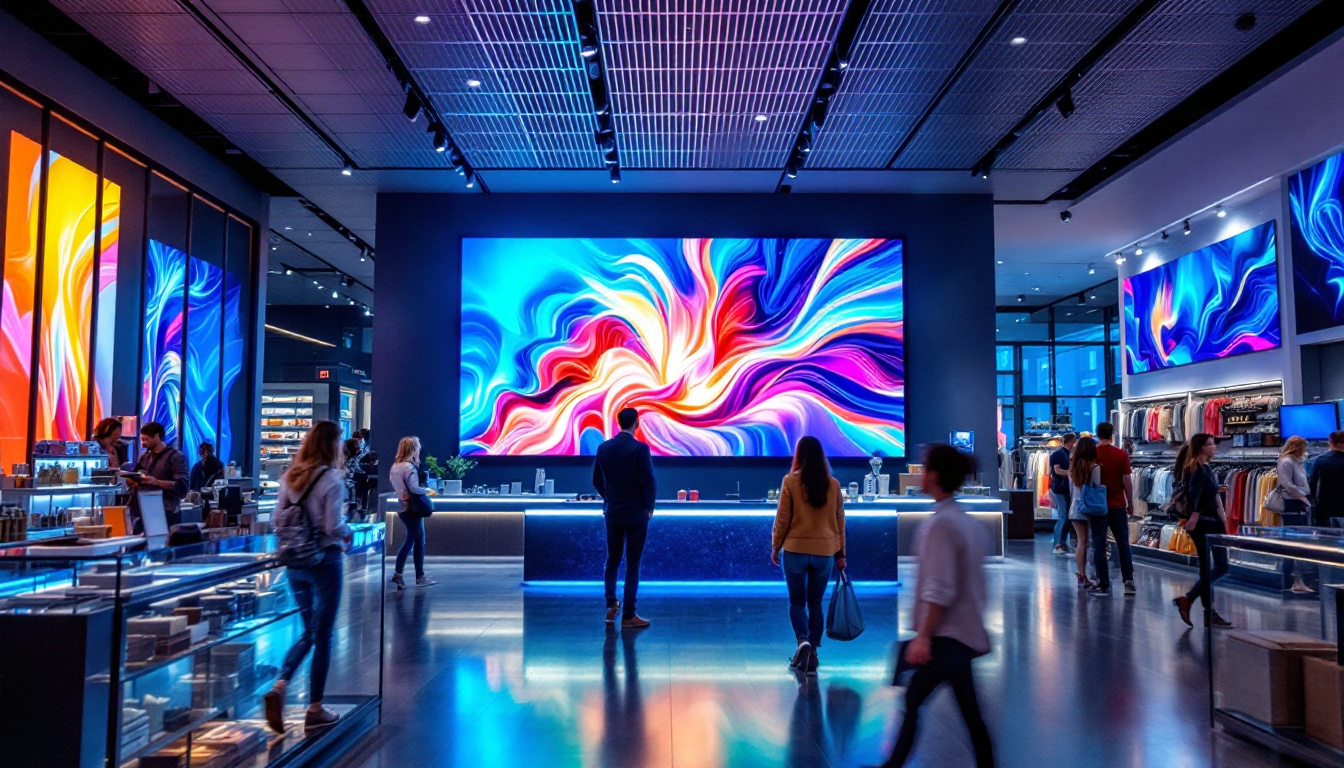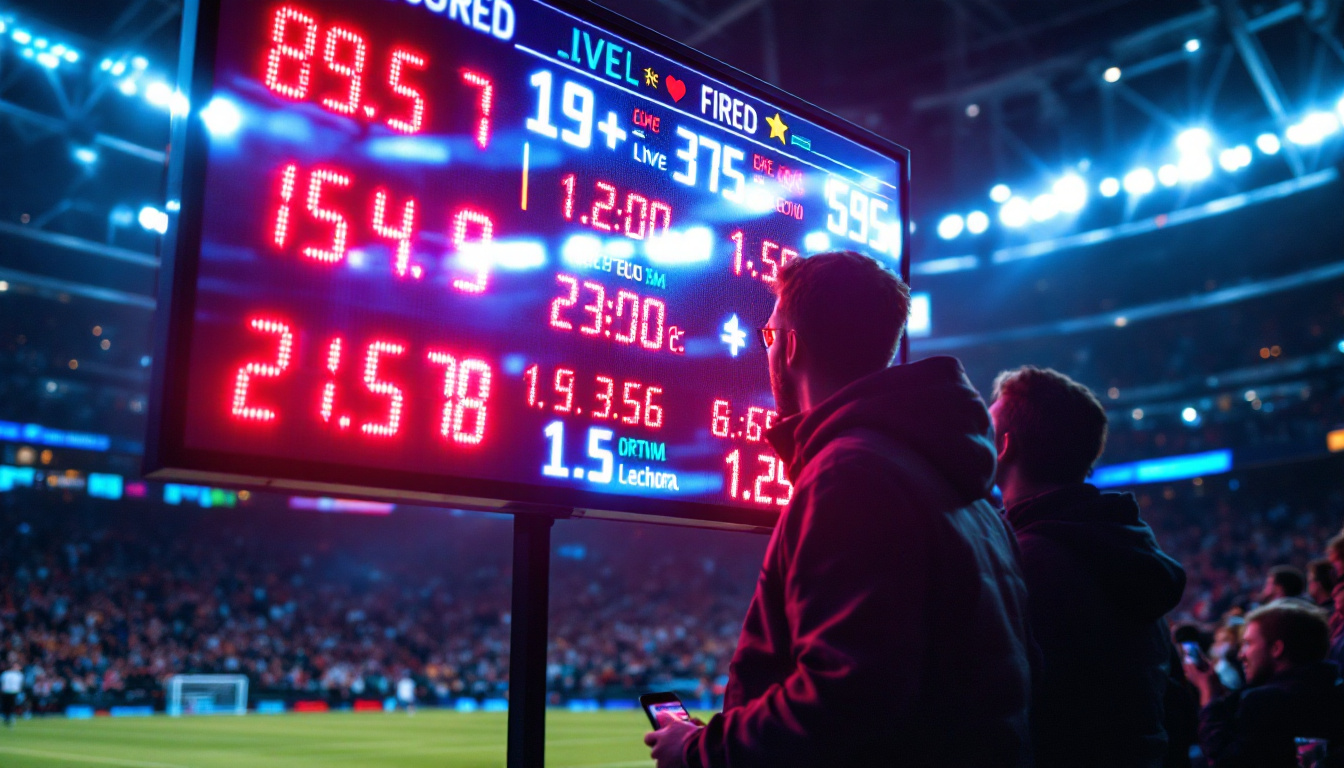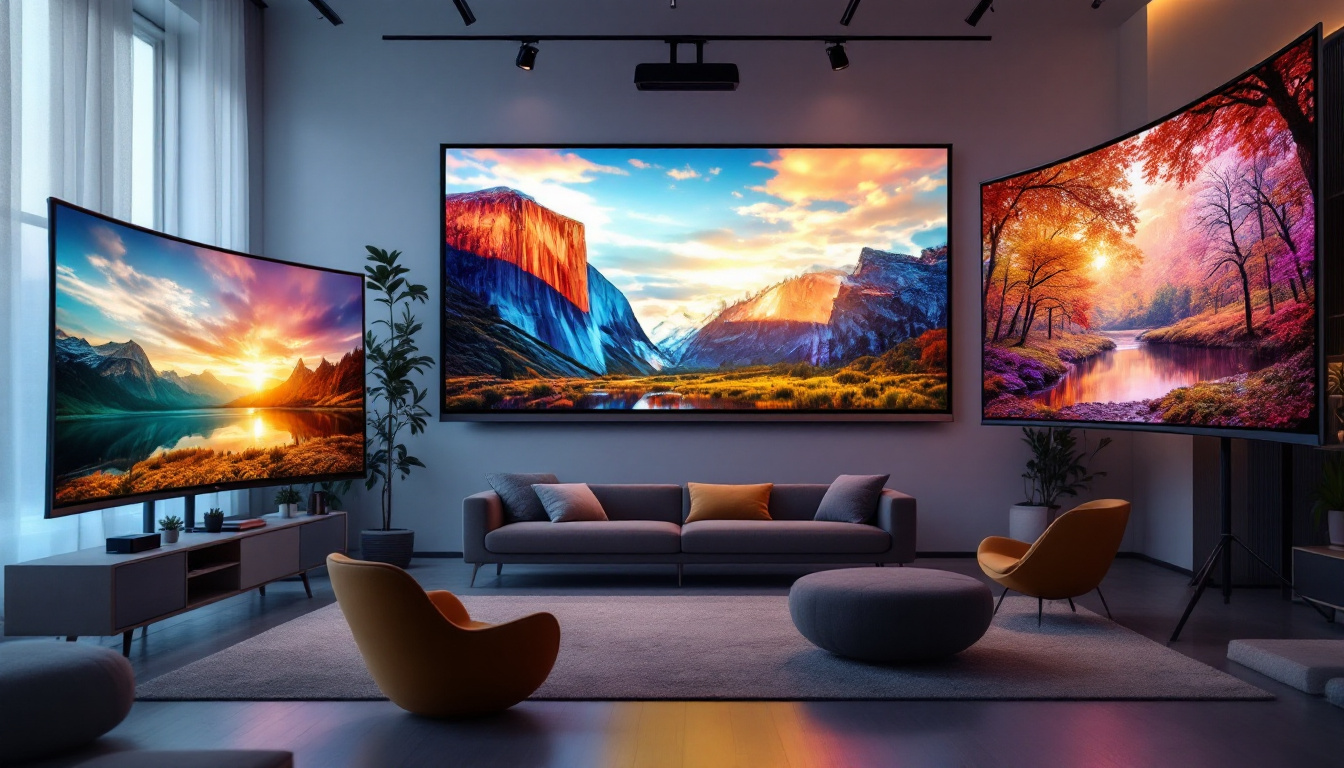In today’s digital age, the demand for advanced display technologies has surged, leading to the evolution of LED displays. These displays are not only versatile but also offer a range of functionalities that make them suitable for various applications. This article delves into the intricacies of LED displays, exploring their technology, benefits, and applications in different sectors.
Understanding LED Technology
LED, or Light Emitting Diode, is a semiconductor device that emits light when an electric current passes through it. This technology has transformed the way visual information is presented, providing brighter, more energy-efficient alternatives to traditional display methods. The rise of LED technology has not only enhanced the aesthetic appeal of various devices but has also played a significant role in reducing energy consumption, making it a popular choice among environmentally conscious consumers.
The Basics of LED Operation
At its core, an LED display consists of numerous tiny light-emitting diodes arranged in a grid. Each diode can be controlled individually, allowing for precise color and brightness adjustments. When an electric current flows through the diode, it emits light, which can be manipulated to create images and videos. This capability is particularly beneficial in applications such as digital signage and advertising, where dynamic content can be displayed in real-time, capturing the attention of passersby.
The primary colors used in LED displays are red, green, and blue (RGB). By varying the intensity of these colors, a wide spectrum of colors can be produced. This RGB model is fundamental in creating vibrant and dynamic visuals that captivate audiences. Moreover, advancements in technology have led to the development of high dynamic range (HDR) displays, which further enhance color accuracy and contrast, providing a more immersive viewing experience.
Types of LED Displays
There are several types of LED displays, each designed for specific applications. The most common types include:
- Direct View LED Displays: These displays are made up of individual LED modules that are directly visible to the viewer. They are often used in large outdoor screens and billboards, where their brightness and visibility in direct sunlight are crucial for effective communication.
- LED Backlit Displays: Used primarily in televisions and monitors, these displays feature an LCD panel illuminated by LEDs from behind, providing improved brightness and color accuracy. This technology allows for thinner screens and better energy efficiency compared to traditional fluorescent backlighting.
- Organic LED (OLED) Displays: A newer technology that uses organic compounds to emit light, OLED displays offer superior contrast ratios and flexibility, making them ideal for high-end televisions and smartphones. The ability to produce true blacks by turning off individual pixels has revolutionized the viewing experience, particularly in dark environments.
In addition to these common types, there are also specialized LED displays, such as MicroLED and MiniLED technologies. MicroLED displays utilize microscopic LEDs to create images, promising even better color accuracy and energy efficiency, while MiniLED backlighting enhances contrast and brightness in LCD screens by using smaller LEDs for backlighting. These innovations continue to push the boundaries of display technology, offering consumers more options for high-quality visual experiences.
Advantages of LED Displays
LED displays offer numerous advantages over traditional display technologies, making them a preferred choice for many applications. These benefits include energy efficiency, durability, and superior image quality.
Energy Efficiency
One of the standout features of LED displays is their energy efficiency. Compared to traditional incandescent or fluorescent displays, LED technology consumes significantly less power. This not only reduces operational costs but also contributes to a lower carbon footprint, making LED displays an environmentally friendly option. In fact, businesses that switch to LED displays often report a reduction in energy costs by up to 75%, allowing for substantial savings over time. Additionally, the low heat emission of LEDs means that they require less cooling, further enhancing their energy-saving capabilities.
Longevity and Durability
LED displays are known for their longevity. With a lifespan of up to 100,000 hours, they outlast many other display technologies. This durability makes them ideal for both indoor and outdoor applications, where they can withstand harsh environmental conditions without compromising performance. Furthermore, the robust construction of LED displays means they are resistant to shock and vibration, making them suitable for use in high-traffic areas or dynamic environments such as sports arenas and concert venues. This resilience not only ensures a consistent performance but also reduces the frequency and cost of replacements, providing long-term value to users.
Exceptional Image Quality
LED displays provide superior image quality, characterized by high brightness levels, vibrant colors, and sharp contrast. This quality is particularly important for applications requiring clear visibility, such as advertising, presentations, and entertainment. The ability to produce deep blacks and bright whites enhances the overall viewing experience. Moreover, LED technology allows for a wider color gamut, enabling displays to reproduce a broader spectrum of colors, which is essential for applications in graphic design, photography, and video production. The fast response time of LEDs also minimizes motion blur, making them perfect for displaying fast-moving images or videos, ensuring that viewers enjoy a crisp and clear visual experience regardless of the content being presented.
Applications of LED Displays
The versatility of LED displays allows them to be utilized across various sectors, from advertising to healthcare. Their adaptability makes them a staple in modern technology.
Advertising and Marketing
In the realm of advertising, LED displays have revolutionized how brands communicate with consumers. Digital billboards and signage can be easily updated to reflect current promotions, ensuring that messages remain relevant and engaging. The high visibility of LED displays, even in bright sunlight, makes them effective tools for attracting attention. Moreover, the ability to incorporate motion graphics and video content enhances the storytelling aspect of advertisements, allowing brands to convey complex messages in a visually appealing manner. This interactivity not only captivates audiences but also increases the likelihood of consumer engagement, making LED displays a powerful medium for driving sales and brand awareness.
Entertainment and Events
LED displays are a common feature in the entertainment industry, used in concerts, festivals, and sporting events. Large-scale LED screens provide audiences with an immersive experience, displaying live feeds, graphics, and animations. Their ability to create dynamic visuals enhances the overall atmosphere of events, making them more memorable. Additionally, the flexibility of LED technology allows for creative stage designs, where screens can be used not just as backdrops but as integral components of the performance itself. For instance, artists can interact with the visuals, creating a seamless blend of music and imagery that captivates audiences. The use of LED displays in live events also extends to enhancing fan experiences, such as providing instant replays and statistics during sports games, which keeps the audience engaged and informed.
Healthcare Applications
In healthcare, LED displays are utilized for various purposes, including patient information systems, wayfinding, and educational displays. Their clarity and brightness are crucial in environments where quick information retrieval is essential. Additionally, LED technology is increasingly being used in medical imaging, providing high-resolution visuals for diagnostic purposes. Beyond these applications, LED displays are also employed in telemedicine, where they facilitate remote consultations by providing clear visuals for both patients and healthcare professionals. This is particularly beneficial in rural areas where access to specialists may be limited. Furthermore, LED screens are being integrated into patient monitoring systems, displaying vital signs and alerts in real-time, which enhances patient safety and care efficiency. The ongoing advancements in LED technology promise even more innovative applications in healthcare, potentially transforming how medical information is communicated and accessed.
Future Trends in LED Display Technology
The future of LED display technology is promising, with ongoing advancements that aim to enhance performance and expand applications. Innovations in this field are driven by the need for better resolution, flexibility, and interactivity.
MicroLED Technology
MicroLED is an emerging technology that promises to take LED displays to the next level. By using microscopic LEDs, this technology enables the creation of displays with even higher resolutions and improved color accuracy. MicroLED displays are also expected to be more energy-efficient and have a longer lifespan compared to traditional LED displays.
Flexible and Transparent Displays
Another exciting trend is the development of flexible and transparent LED displays. These displays can be bent or shaped to fit various surfaces, opening new possibilities for design and integration in architecture and automotive industries. Transparent LED displays allow for seamless integration into windows and glass surfaces, providing information without obstructing views.
Interactive Displays
As interactivity becomes increasingly important in user engagement, LED displays are evolving to incorporate touch and gesture recognition technologies. This shift allows for more dynamic interactions, making displays not just passive viewing surfaces but active participants in user experiences.
Conclusion
LED displays have transformed the landscape of visual communication, offering unmatched advantages in energy efficiency, durability, and image quality. Their versatility allows for a wide range of applications, from advertising to healthcare, making them essential in various sectors. As technology continues to advance, the future of LED displays looks bright, with innovations that promise to enhance their capabilities even further.
Understanding the intricacies of LED technology is crucial for businesses and individuals looking to leverage these displays effectively. Whether for marketing, entertainment, or information dissemination, LED displays are poised to remain at the forefront of visual technology for years to come.
Explore Cutting-Edge LED Display Solutions with LumenMatrix
Ready to elevate your visual communication with the latest in LED display technology? Look no further than LumenMatrix, a pioneer in crafting innovative LED display modules designed to amplify your brand’s presence and captivate your audience. From the immersive Indoor LED Wall Display to the dynamic Outdoor LED Wall Display, and from the mobile versatility of Vehicle LED Displays to the interactive Floor LED Displays, LumenMatrix offers a comprehensive range of solutions tailored to your unique needs. Embrace the future of digital signage with our Custom, All-in-One, and Transparent LED Displays. Check out LumenMatrix LED Display Solutions today and transform your space into a mesmerizing visual experience.

